Size of videos on the internet to be reduced in half? theverge.com/2020/7/7/21316525/fraunhofer-vvc-video-codec-streaming-4k-video-cost-file-size-standards
:extract_cover()/https://meta-storage.neard.com/54b53072540eeeb8f8e9343e71f28176.20200708083318.1594197198.18.jpeg)
Size of videos on the internet to be reduced in half? theverge.com/2020/7/7/21316525/fraunhofer-vvc-video-codec-streaming-4k-video-cost-file-size-standards
:extract_cover()/https://meta-storage.neard.com/54b53072540eeeb8f8e9343e71f28176.20200708083318.1594197198.18.jpeg)
New macOS update time! macOS 10.15.5 is out now with a new battery health feature Apple released macOS Catalina 10.15.5 today, adding a new battery health feature and new FaceTime options. That battery health feature could extend the life of your MacBook’s battery. Lithium-ion batteries, like the ones in a MacBook, slowly age over time, which means they typically begin to hold less of a charge as the computer gets older. Apple’s new battery health feature in macOS is designed to slow that aging process so that your battery will hold more charge over a longer period of time. Here’s how the feature works behind the scenes, as described by my colleagues Dieter Bohn and Jacob Kastrenakes last month: ...in certain cases, seeing 100 percent battery life in your menu bar may not necessarily mean it’s the maximum your battery could charge to. Instead of meaning that it’s charged to 100 percent of what the battery could take, it will now mean it’s charged to 100 percent of what the battery should take to maximize its lifespan. The new battery health feature will be turned on by default for new MacBooks that ship with macOS 10.15.5 or after you upgrade to macOS 10.15.5 if you’re using a MacBook that supports Thunderbolt 3 (which is any MacBook Pro released in 2016 or later or any MacBook Air released in 2018 or later). macOS 10.15.5 will also let you turn off the feature in group FaceTime calls that changes the size of the portrait of the current speaker, adds controls to let you better calibrate the Pro Display XDR, and has other bug fixes and improvements.
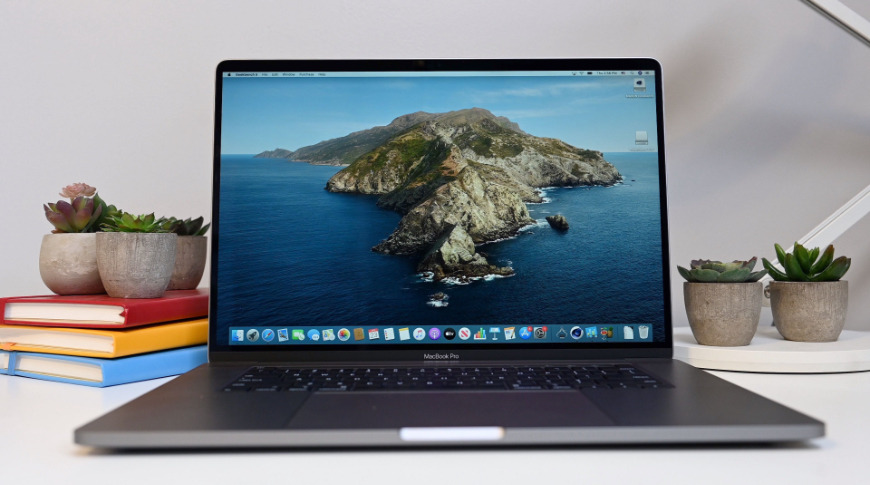
Rumor: Leaked images may show redesigned Leather Loop for Apple Watch Apple could be planning a redesign for the Apple Watch Leather Loop. A tipster shared a variety of images of a new Apple Watch Leather Loop with 9to5Mac earlier this month, and now similar images have surfaced on Reddit. The tipster who reached out to 9to5Mac indicated that the new Apple Watch Leather Loop could be unveiled as soon as next month. Apple just unveiled new Apple Watch bands in celebration of Pride Month, and further announcements for the summer and WWDC 2020 are not out of the question. Apple currently sells the Leather Loop for Apple Watch in four different colors: peacock, Meyer lemon, saddle brown, and black. The Leather Loop costs $99 and is available in medium and large sizes. Following the images we received earlier this month, a new set of images has surfaced on Reddit today, also claiming to show the new Apple Watch Leather Loop as well.
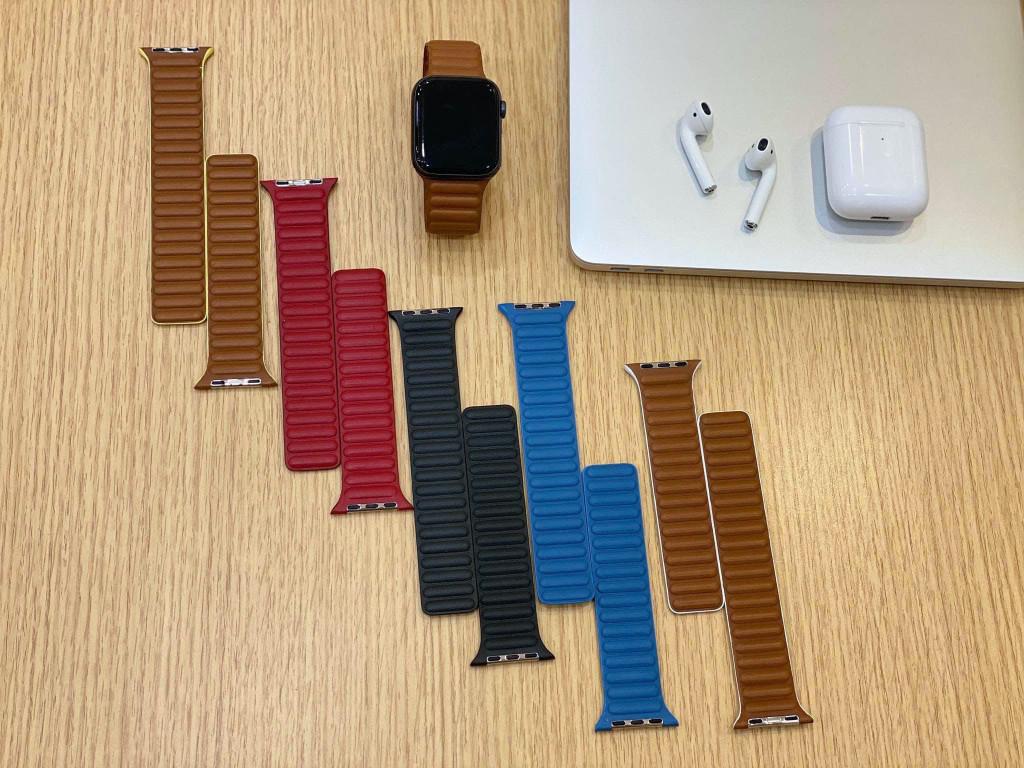
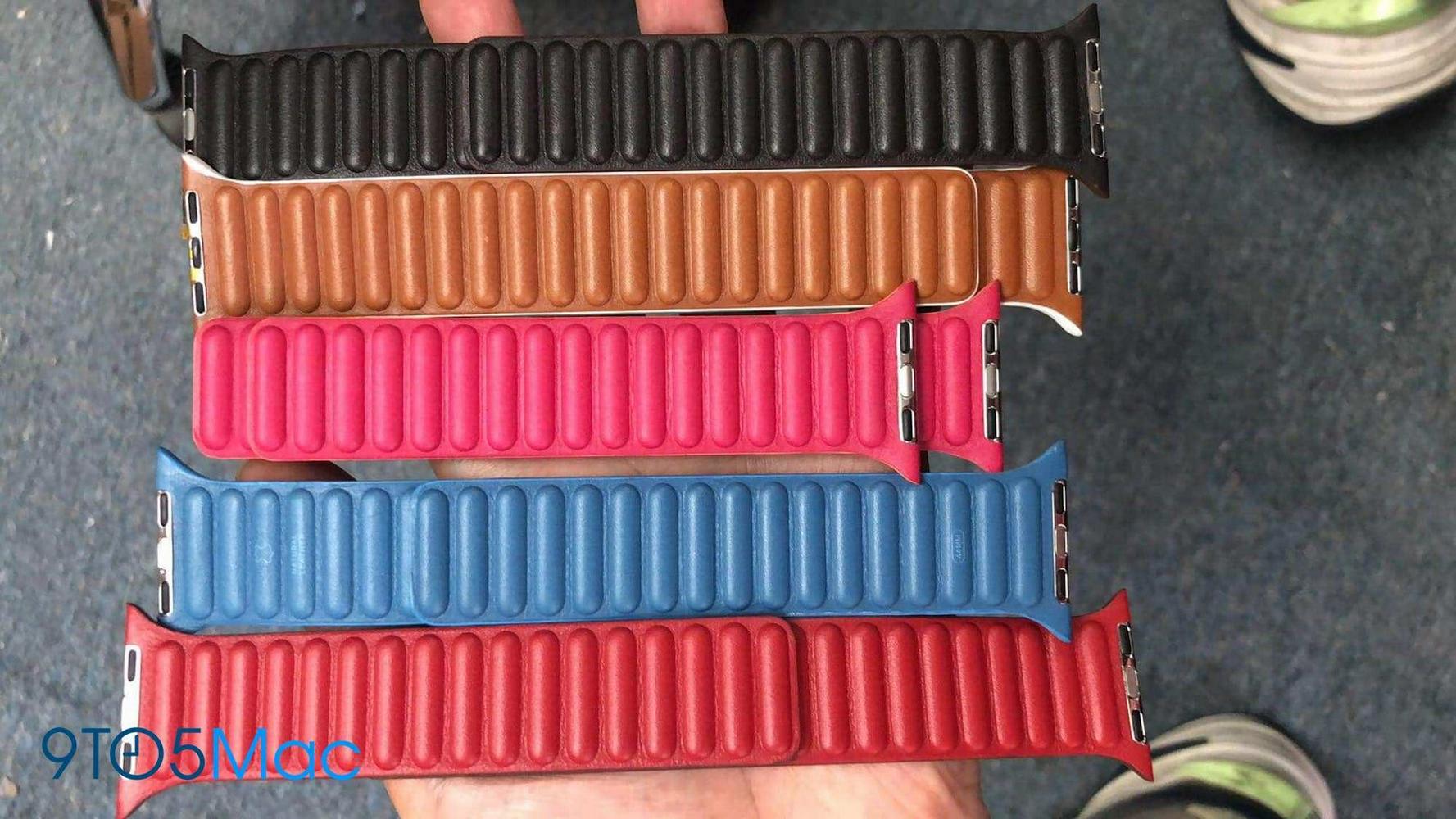
Apple debuts new Apple Watch Sport Bands and silicone iPhone cases for summer Today’s new releases come after Apple debuted two new Apple Watch Pride Edition Sport Bands last month. In total, Apple has released four new colors for the Apple Watch Sport Band: linen blue, seafoam, vitamin C, and coastal gray. All four of the new colors are available to order from Apple’s Online Store today in 40mm and 44mm sizes for $49 Apple has also released new silicone cases for the iPhone 11, iPhone 11 Pro, and iPhone 11 Pro Max. The new cases are available in three new colors: seafoam, vitamin C, and linen blue.
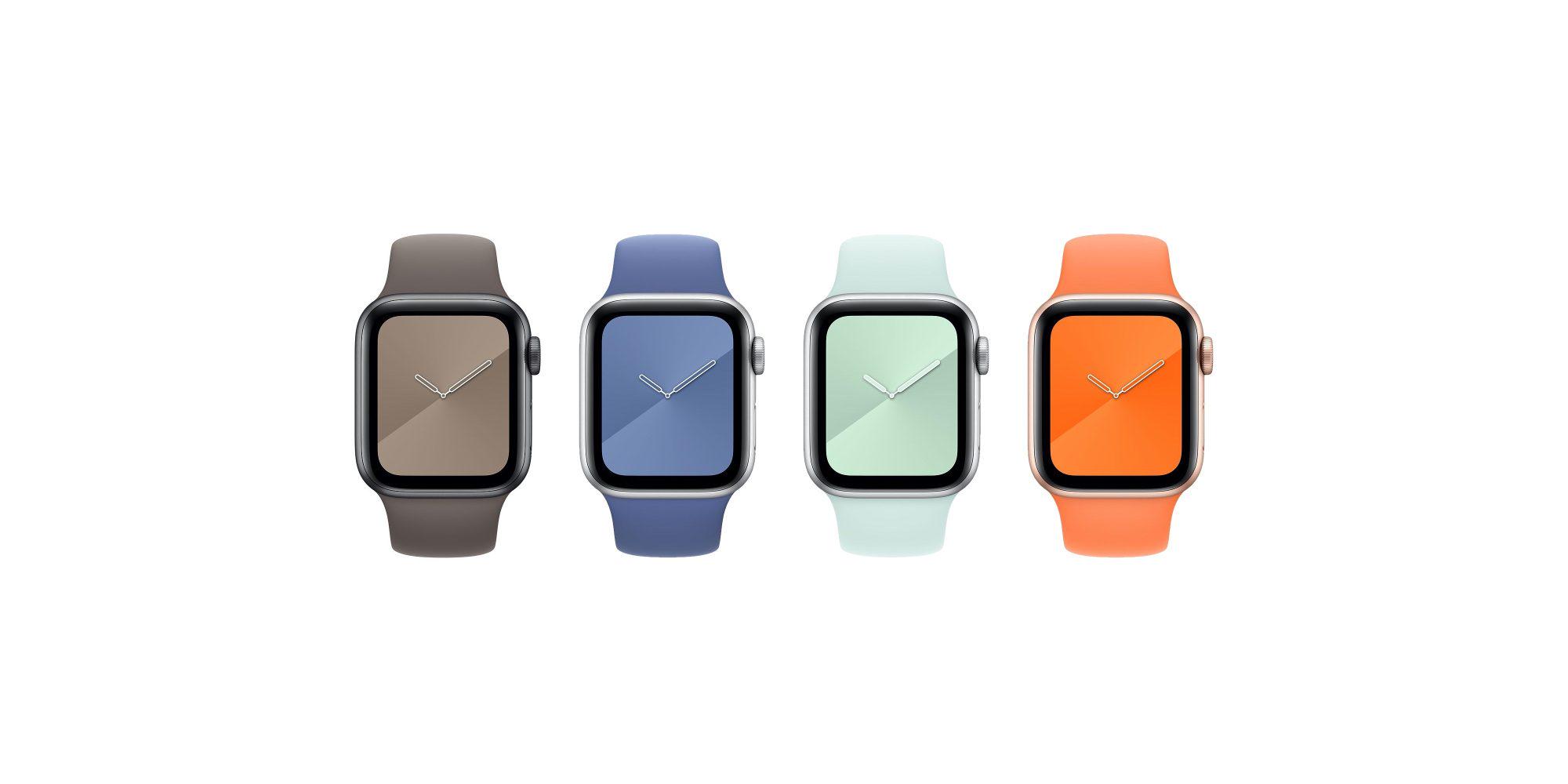
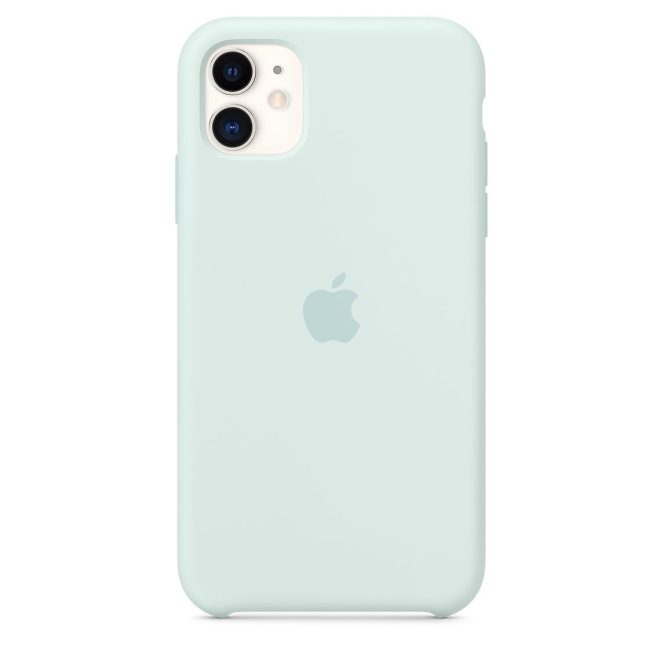
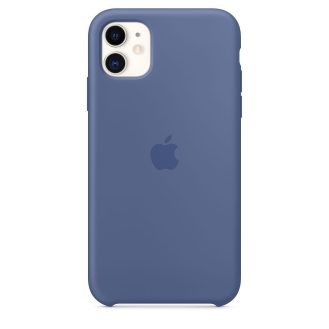
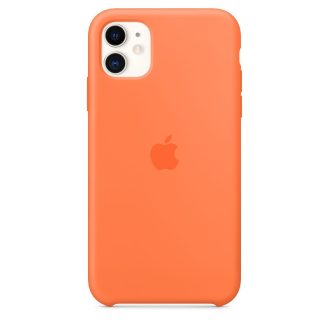
A group for the nerds.

0 Followers
0 Followings
108 feeds